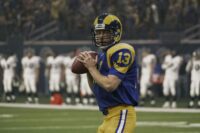Documentary filmmakers face a different set of challenges than do fiction filmmakers, not the least of which is when and where to begin—and end—their subjects’ stories. Bing Liu’s vérité-inspired 2018 Minding the Gap, Academy Award-nominee for Best Documentary and recent addition to The Criterion Collection, features an opening scene that introduces its contemporary urban setting and two of its central subjects as well as several key themes and motifs, employing a wide-angle GlideCam to convey the thrill and release of skateboarding. It’s a brilliant act of trespass that opens the film.
The project, as originally imagined by director (and later, subject) Bing Liu, would likely never have conceived of such a scene, for it was to be a wide-ranging, traditionally expository-participatory talking-heads-style documentary charting young people’s love for skateboarding across the U.S. Liu filmed countless hours over years spent researching his subject, conducting interviews, and assembling footage for a film that would never be made. That project was eventually shelved as Liu, working with Kartemquin films, began to realize just how many young skateboarders had, like himself, experienced abuse.
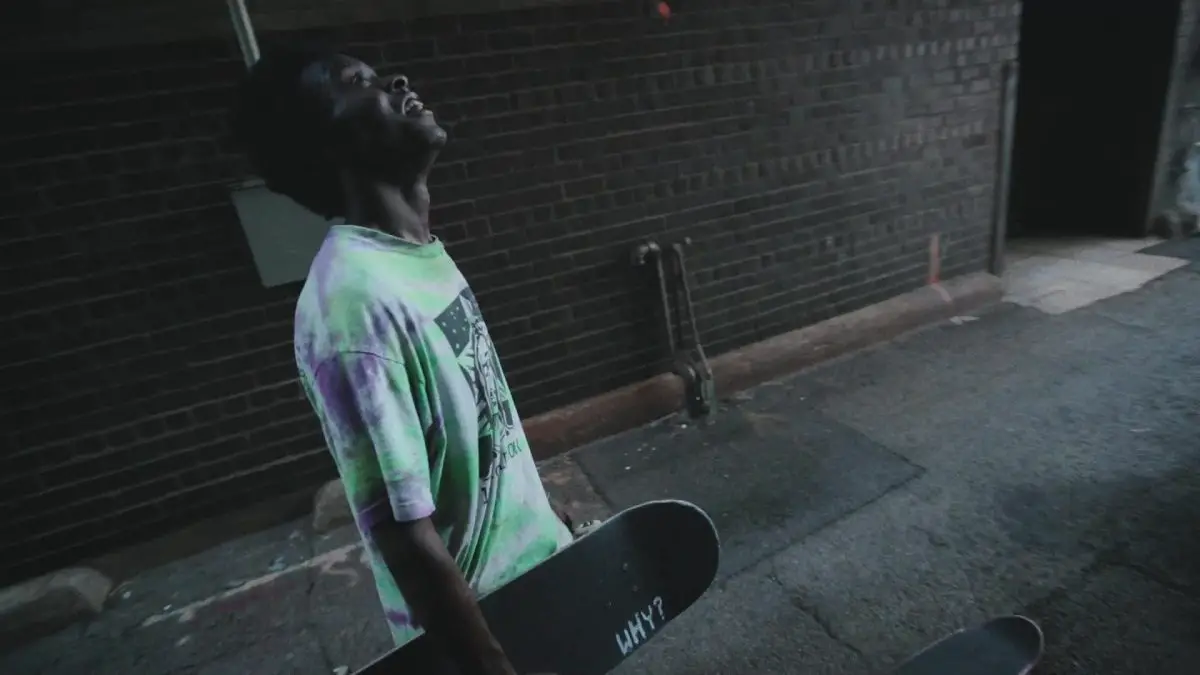
It must be a difficult decision to abandon a carefully-conceived plan, especially after years of dedicated effort. But there was a better story to tell, one far more intimate, more personal, and more subjective. Liu discovered that there was more than a mere love of skateboarding that bound two of his subjects—Keire, the quietly affable, soul-searching people-pleaser, and Zack, the genial, slightly older, heavy-drinking new dad—and himself, the detached, wry, sensible filmmaker. All three had been victims of physical abuse.
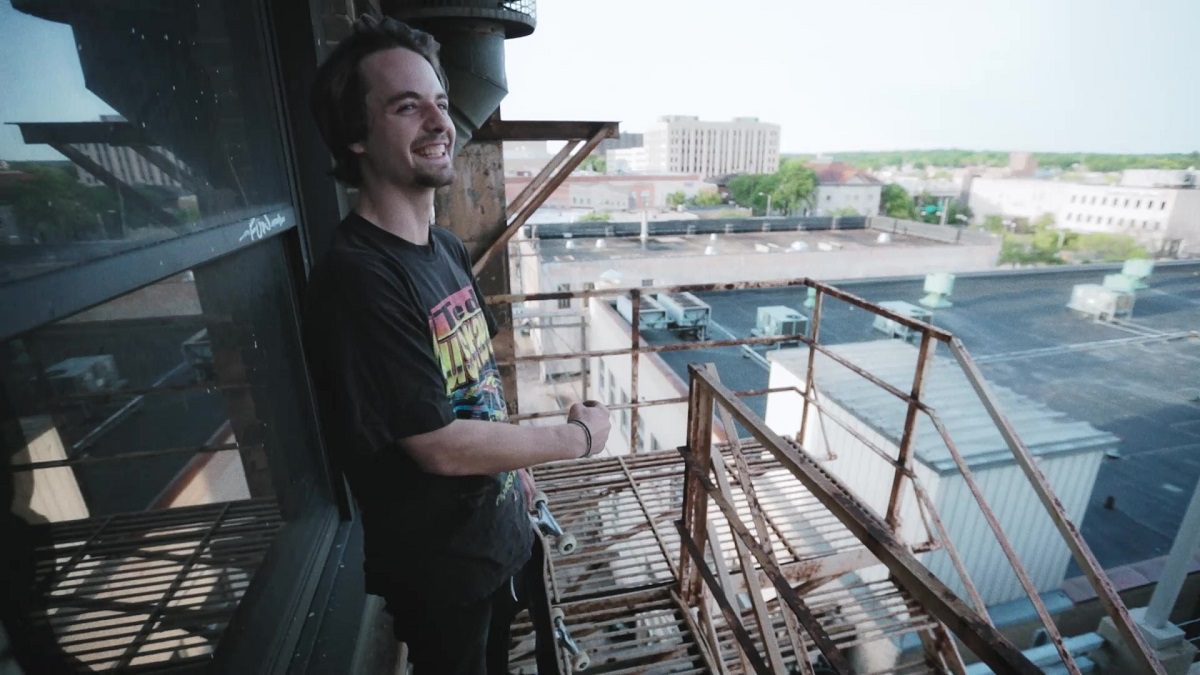
And so Minding the Gap became more of a reflective, pensive, sobering exploration of these three young men’s pasts, presents, and futures, with skateboarding no longer the primary subject but instead a compelling visual and thematic motif. Not only does a love of skateboarding bind the three together, it provides, in its speed, fight, and freedom, some relief from the weight of their past and the pressures of their futures. It provides not only a measure of physical skill but an element, often, of trespass, of crossing boundaries. And it offers, visually, moments of grace, flight, and freedom. (If you doubt me, just remember how viral those cranberry-juice-swigging viral TikToks were last summer set to Fleetwood Mac’s “Dreams.”)
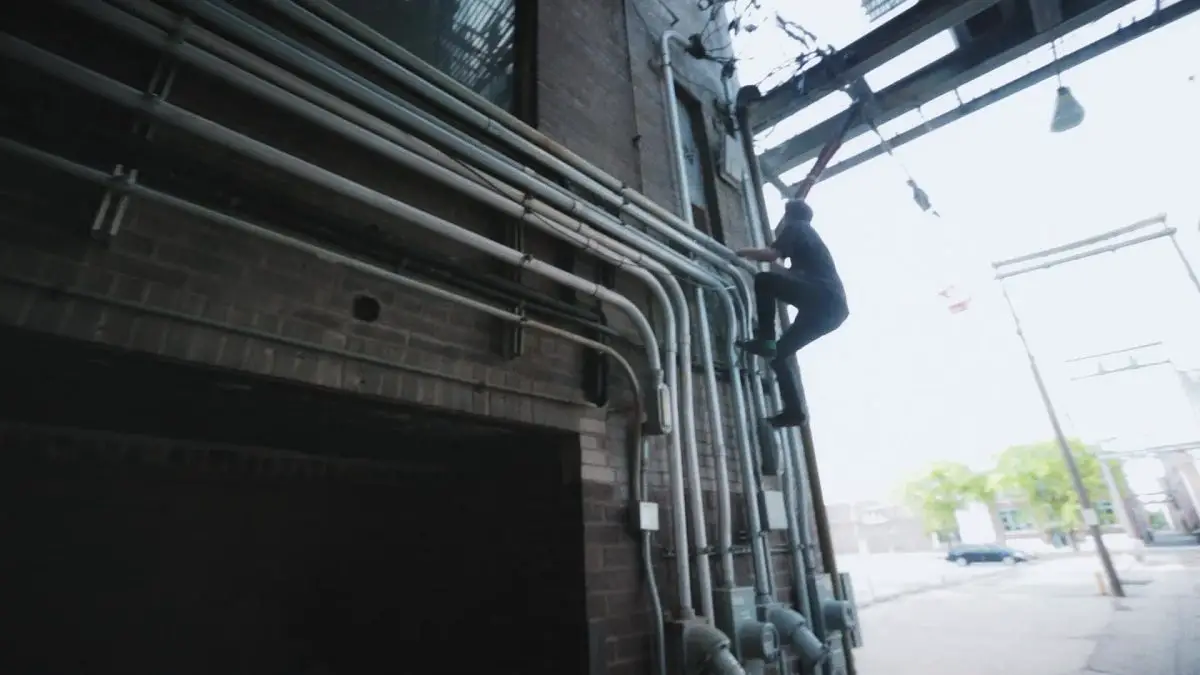
From its opening moments, it’s clear that Minding the Gap will not be the kind of expository film Liu once imagined. It begins with an act of trespass as the wide-angle, super-portable, stabilized camera follows Zack, Keire, and another skateboarder gaining entry to a locked parking ramp. There is, to start, no music—just the ambient sounds of the group as Zack adroitly clambers up a set of exterior pipes to let the others in and their dialogue commenting on the act. At first, Keire serves as observer-narrator, Zack as subject: “This is not how we do it in the ‘hood,” laughs Keire, “always ignoring the no trespassing signs.” The camera, aligned with a first-person perspective, panning between the two, lingers for a moment on the sign before the group enters.
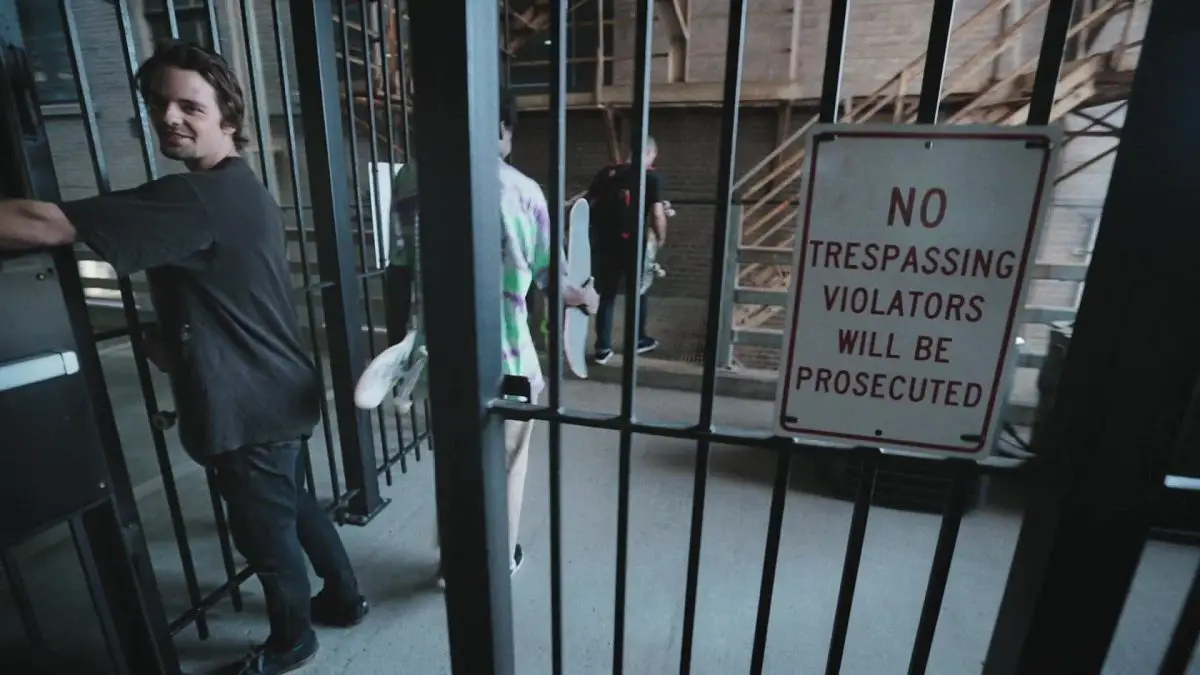
The act of trespass will serve as a metaphor for the boundaries young men establish around their masculine identities. They’ve been taught not to engage feelings too deeply, not to ask too much of their own self-awareness or that of others, not to question too much the costs of their quiet acceptance. Similarly, Liu’s camera performs an act of trespass. Where a traditionally expository talking-heads documentary might have glided over the surface of toxic masculinity and cyclical abuse, Liu’s will instead forge ahead, with his camera and his inquiry, asking the kinds of probing questions of himself, Zack, and Keire that trespass beyond the conventional norms of respectably polite discourse.
That action-cam first-person perspective continues as the group ascends the fire stairs to an upper level of the ramp. “We have a long way to go yet,” says Zack, smiling. “We’re not even halfway.” Those words seem a simple reference to the length of their climb. But by the time viewers have seen the rest of Liu’s film they will know those words can apply just as well to his and the group’s journey to maturity. As a young man and a new father, Zack indeed has a long way to go and is not even halfway to becoming a fully actualized person. The same might be applied to Keire or even Bing himself, though as the film proceeds, those words seem to personify Zack, who remains caught between his adolescent partying and his new co-parenting responsibilities.
We have a long way to go yet. We’re not even halfway.
At less than three minutes in sum, the opening scene seems to fly by so fast it’s easy to overlook how much of it serves as an analeptic metaphor for the group’s life challenges. As they change course and heads to a middle level, the audio shifts to Zack, in voice-over. The film’s themes are no longer quite so subtly suggested, but now explicitly stated. “Your whole life society tells you, be a man, you’re strong, you’re tough, margaritas are gay,” he says, mocking a gruff voice and landing on a chuckle at his own joke. He casually tosses down his board and takes off with a couple of nifty jumps and wall touches. The camera hustles to keep up as his voice-over continues.
“When you’re a kid, you just do. But somewhere along the line, everyone loses that.” A few melancholic piano notes punctuate those last words as Zack carves down the ramp, plying jumps and gaining speed—and then, as if a black-teed skateboard-riding Icarus having flown a bit too high, gravity impends, and Zack is thrown back to earth in the form of the ramp’s hard concrete, landing hard on his butt, rolling with a laugh to cushion the blow. The practiced roll makes it clear that Zack has fallen before. Many a time.
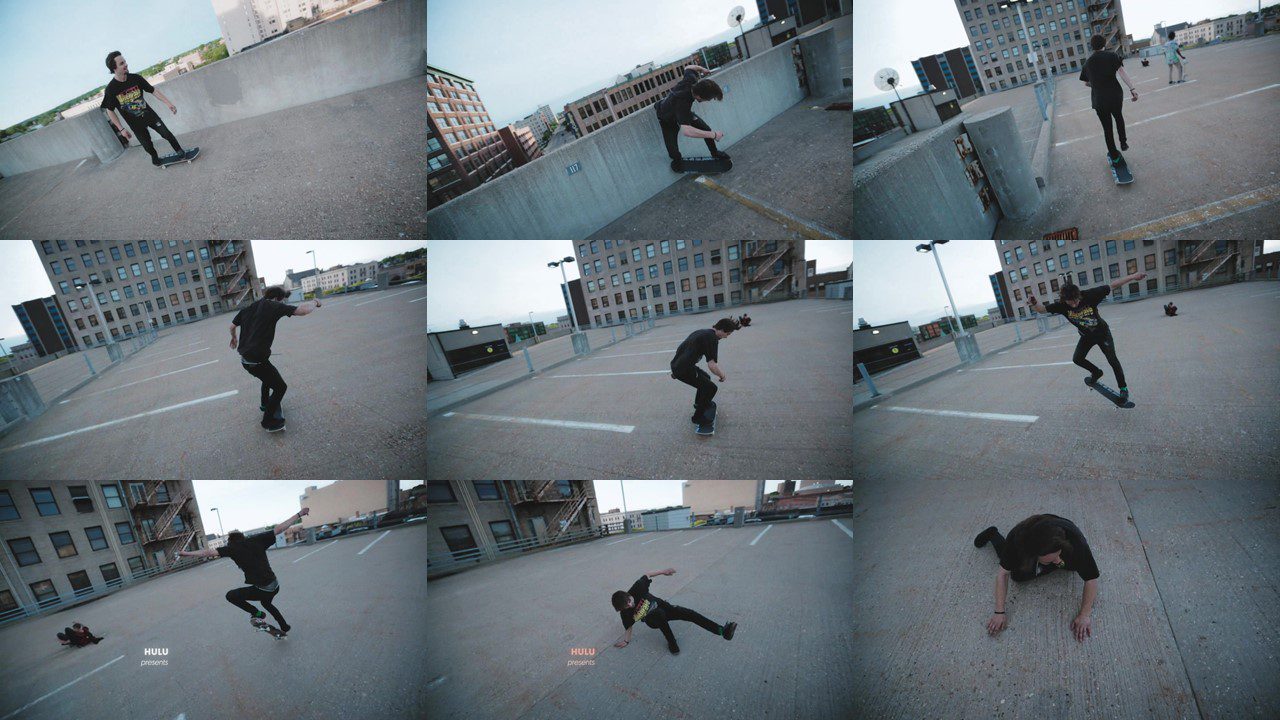
The camera then cuts to follow Keire, the piano music swelling, as he crouches, carves, and glides through the ramp, accelerating even as he approaches the turns and disappearing under the exit gate, the camera right behind him.
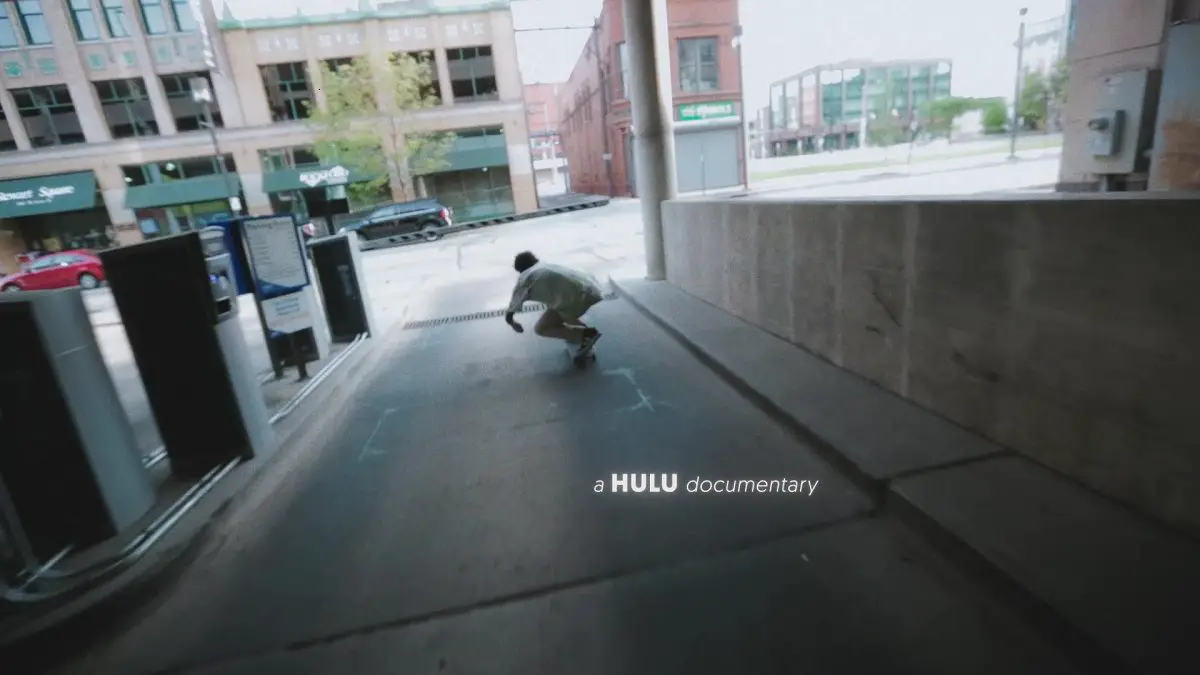
Their boarding is a rush, a flight, a game, a sport, a skill, an escape. As Keire and Zack zig and zag through the mostly empty city streets of Rockford, Illinois, the camera hews close behind as one of them, sunlight gleaming off the Rock River, creating some beautiful bokeh effects.
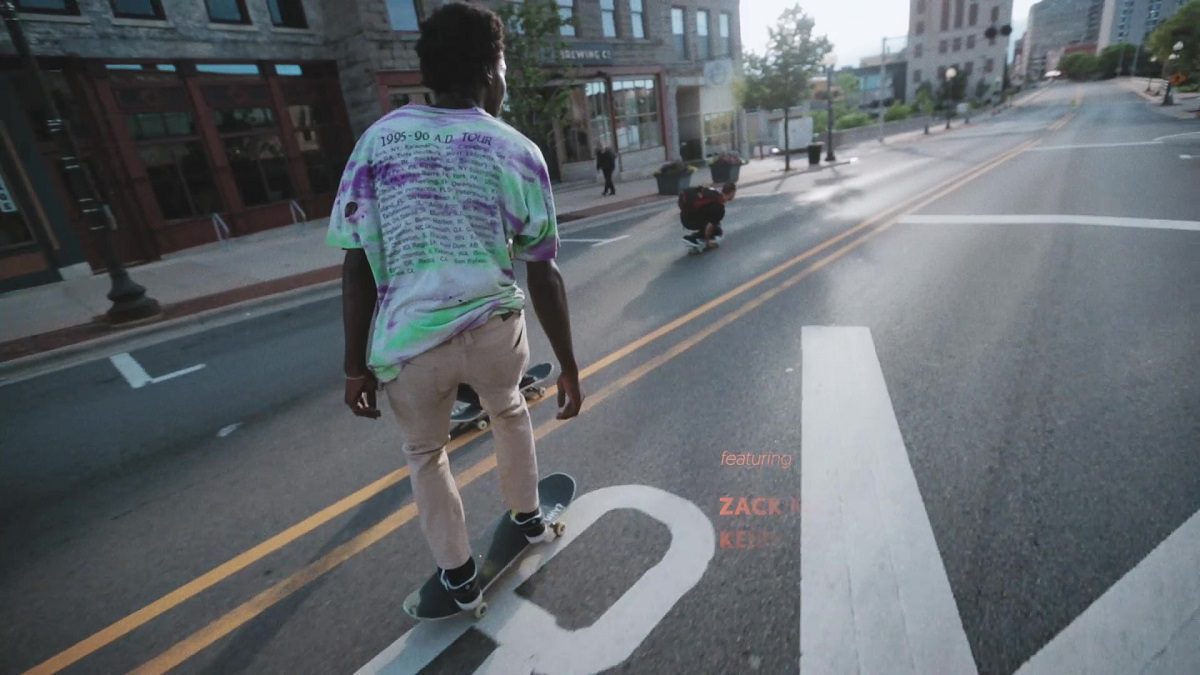
The opening credits name the film’s primary cast and crew, and the scene concludes with a still image of a peaceful, sun-kissed Rockford, suggesting a harmonious setting the narrative will prove a fiction.

With just three minutes, Liu has artfully introduced two of his three main characters. He himself will step in front of the camera as a third main subject later on. More importantly, these first minutes of the film have established its key theme of maturation and masculinity while also employing its visual motif of skateboarding as a blissful escape from the complexity of life’s relationships and responsibilities. The scene is so well edited as to seem completely natural and unplanned, entirely an of-the-moment recording of unfolding events, but, as several commentaries and features on the Criterion blu-ray reveal, it was instead the result of carefully planned and adroitly executed camerawork and editing.
One might assume, for instance, that the camera in this scene is mounted on a skateboard operator, that it is in essence itself a skateboarder. But Liu is on foot carrying a GlideCam rig, one that allows him to follow the others up and down the ramp staircases but also—in a dead sprint!—chase after them boarding in full flight. Liu says he spent more than a year practicing with the GlideCam, a rig that can weigh up to 50 pounds or more, to the point where he felt comfortable using it on the run. One shot in particular—when Liu runs the GlideCam rig, following Keire, under the ramp’s exit gate—had to be restaged and reshot, and the entirety of the trespass scene that opens the film was actually shot after the subsequent images of the group boarding through Rockford’s quiet city streets.
The decision to add Zack’s voice-over was made in consultation with Liu’s co-editor, Joshua Altman, who suggested in particular timing the narration to punctuate Zack’s fall. These are the kind of brilliant, small decisions nearly unnoticeable when a scene glides by as quickly as this one does, but that lend much to the film’s graceful introduction of its complex themes. That final shot of the bridge across the Rock River, the one that conveys the film’s title card, was shot months after most filming was complete.
Minding the Gap seems to imply, as its narrative proceeds, that Zack, Keire, and Bing were all boyhood friends, but Liu has made it clear that this is not the case. Bing knew Zack only incidentally and met Keire only in the context of research for his putative documentary. But he was drawn to their similar upbringings and histories—them both having grown up in, like he did, in Rockford, victims of abuse and struggling with their futures. Bing was too old to have known Keire, and the three met together only in the context of this specific project.
Even so, the final version of the film includes footage of all three as skateboarders in their youth. It had to have been the proverbial editor’s nightmare to scan through what I assume would have been dozens of old tapes of home-video skating footage. As a kid, Liu himself had no filmmaking aspirations but was just like any other skateboard-park kid with a camera, recording himself and friends goofing off, practicing tricks, and hamming it up. Others supplied the archival footage of Keire and Zack. But Minding the Gap so seamlessly blends the three stories their challenges seems and feel as one, an organic story of a trio of young men’s complex paths towards maturity.
By the end of its 2018 festival run, Minding the Gap had won jury awards at Sundance, Full Frame, Sarasota, and Nashville as well as universally positive acclaim, primarily for its open, sensitive, and complex account of contemporary masculinity and its potential for replicating cyclical patterns of abuse. It resonated deeply with my own university students when we saw it first at Mountainfilm, where it won both audience and jury awards, and again when I taught the film in my subsequent courses on documentary filmmaking. Its subjects are all charismatic in their own way, but each of them is plagued by past abuse. And when it seems that Zack is perpetuating that same abuse against others, the film takes on even greater importance: how does a young man unlearn what he’s been taught?
But for all that it does to warn about the danger of such abuse, Minding the Gap never feels pedantic. Instead, it subtly glides from scene to scene, Liu’s camera and questions poking, prodding, observing, and recording, demonstrating the love these young men have for the sport that gives them solace. Minding the Gap borrows from the best of fiction filmmaking the subtle, allusive interplay of words and images that can suggest the specific themes that give the film its weight. Its opening scene may be an act of trespass, but it’s the start of a journey that is well worth the taking.


